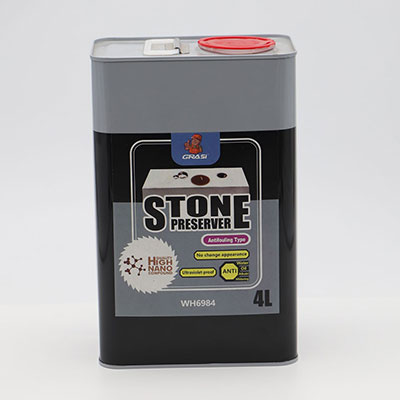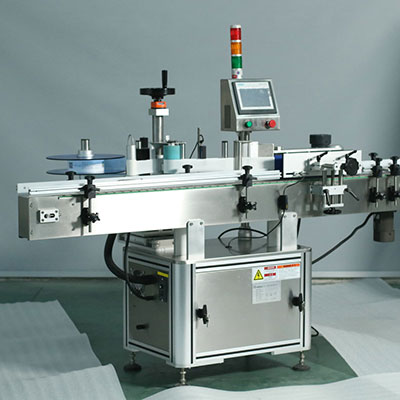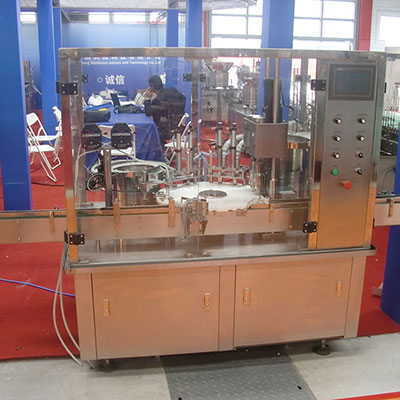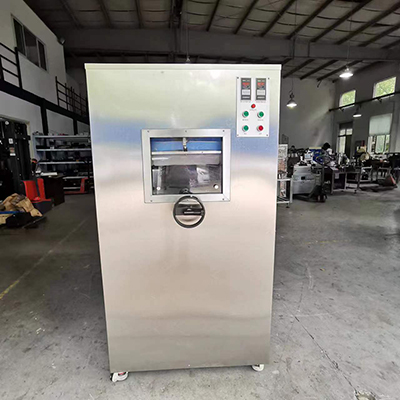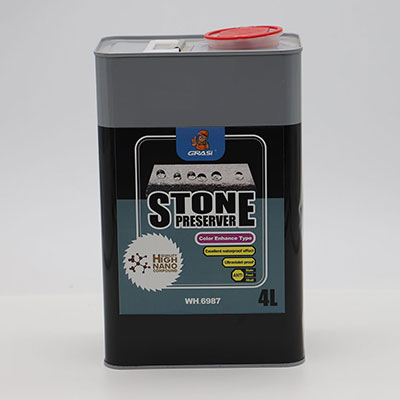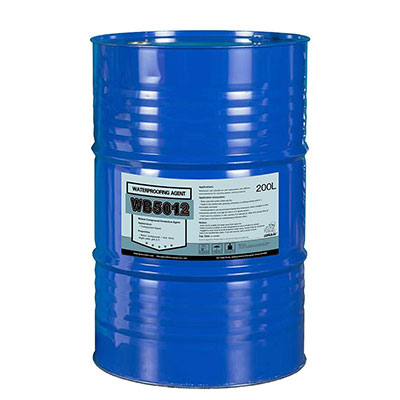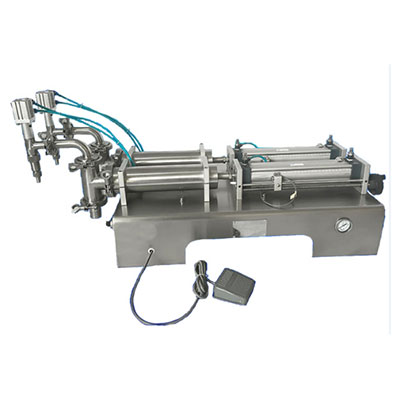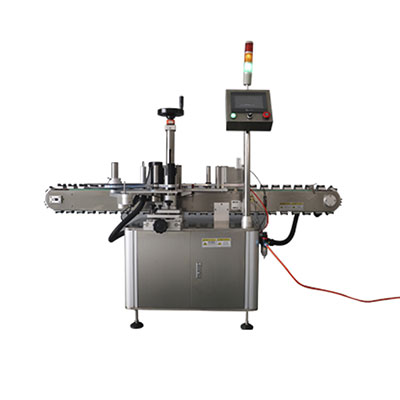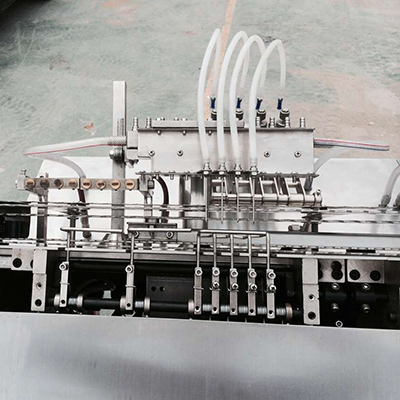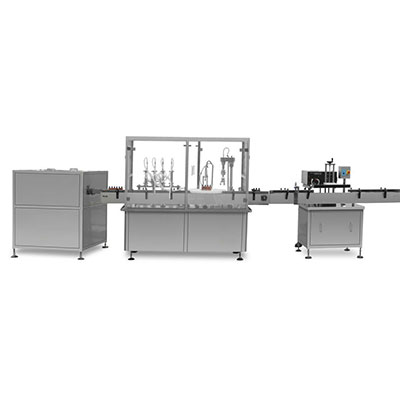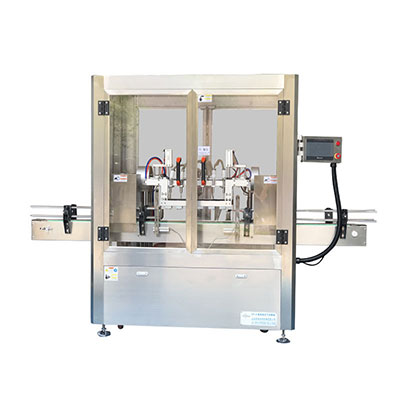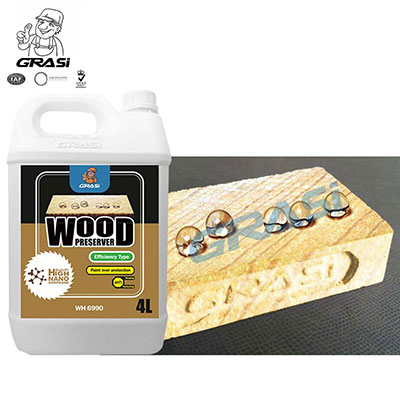AAAC / All Aluminum Alloy Conductor
Overhead Conductor, Overhead Transmission Line
AAAC conductors are extensively used for overhead distribution and transmission lines adjacent to ocean coastlines where there can be a problem of corrosion in the steel of an ACSR construction. The aluminum alloy conductors are used in replace of single-layer ACSR conductors to reduce power loss in overhead distribution and transmission lines,when replacing the aluminum conductor steel reinforced , the AAAC can save 5-8% of the construction cost. AAAC referred to have higher strength but lower conductivity than pure aluminum Being lighter, alloy conductors can sometimes be used to advantage in replace of the more conventional ACSR.
Specific Parameters
ASTM B 399
BS EN 50183
IEC 61089
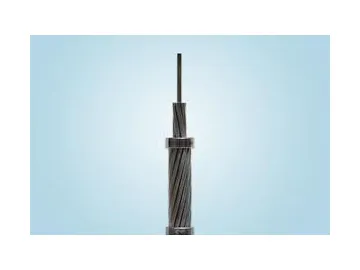 Simpler fittings than those required for ACSR. Excellent corrosion resistance in environments conducive to galvanic corrosion in ACSR. Strength and sag approximately the same as for equivalent 6/1 and 26/7 ACSR conductors. Outside diameters are the same as for standard ACSR conductors, permitting interchangeability of fittings. Greater resistance to abrasion than that for 1350 wires in all-aluminum or ACSR conductors. High tensile strength as compared to AAC conductor. Higher conductivity as compared to ACSR conductor.
Simpler fittings than those required for ACSR. Excellent corrosion resistance in environments conducive to galvanic corrosion in ACSR. Strength and sag approximately the same as for equivalent 6/1 and 26/7 ACSR conductors. Outside diameters are the same as for standard ACSR conductors, permitting interchangeability of fittings. Greater resistance to abrasion than that for 1350 wires in all-aluminum or ACSR conductors. High tensile strength as compared to AAC conductor. Higher conductivity as compared to ACSR conductor.
Application
Used as bare overhead conductor for primary and secondary distribution. Designed utilizing a high-strength aluminum-alloy to achieve a high strength-to-weight ratio; affords good sag characteristics.
AAAC conductors are extensively used for overhead distribution and transmission lines adjacent to ocean coastlines where there can be a problem of corrosion in the steel of an ACSR construction. The aluminum alloy conductors are used in replace of single-layer ACSR conductors to reduce power loss in overhead distribution and transmission lines,when replacing the aluminum conductor steel reinforced , the AAAC can save 5-8% of the construction cost. AAAC referred to have higher strength but lower conductivity than pure aluminum Being lighter, alloy conductors can sometimes be used to advantage in replace of the more conventional ACSR.
Standard
ASTM B399, BS EN50183, BS 3242, DIM 48201, IEC 61089
Specific Parameters
Click below for specific parameters
ASTM B 399
BS EN 50183
IEC 61089
Features
Aluminum alloy conductors have a number of advantages over the use of the ACSR or AAC(all aluminum conductors). Lower power losses than for equivalent single aluminum-layer ACSR conductors. (The inductive effect of the steel core in the ACSR is eliminated).

Scan QR to Read
Links:https://globefindpro.com/products/26519.html
Links:https://globefindpro.com/products/26519.html
Recommended Products
-
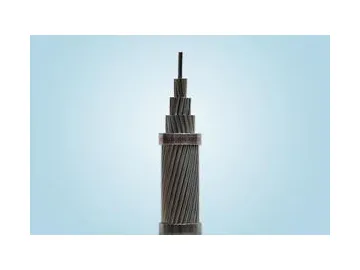 ACAR / Aluminum Conductor Aluminum Alloy Reinforced
ACAR / Aluminum Conductor Aluminum Alloy Reinforced
-
 EVA Bulk Hot Melt Adhesive / Glue Pellets
EVA Bulk Hot Melt Adhesive / Glue Pellets
-
 LV Power Cable (XLPE Insulated)
LV Power Cable (XLPE Insulated)
-
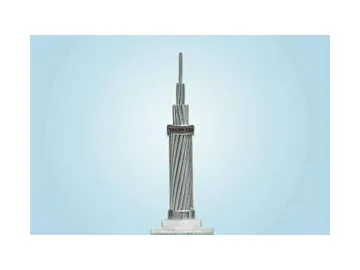 TACSR / Thermal Resistant Aluminum-alloy Conductor Steel Reinforced
TACSR / Thermal Resistant Aluminum-alloy Conductor Steel Reinforced
-
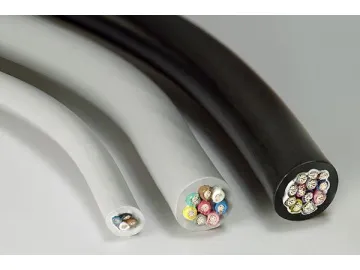 Control Cable
Control Cable
-
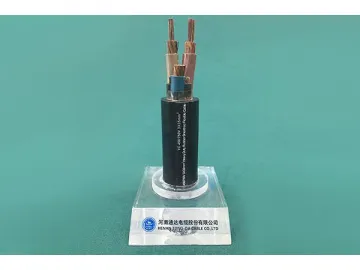 Rubber Sheathed Flexible Cable
Rubber Sheathed Flexible Cable
-
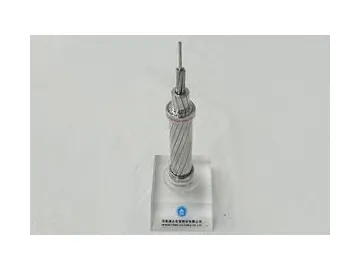 ACSS / TW / Aluminum Conductor Steel Supported-Trapezoidal Wire
ACSS / TW / Aluminum Conductor Steel Supported-Trapezoidal Wire
-
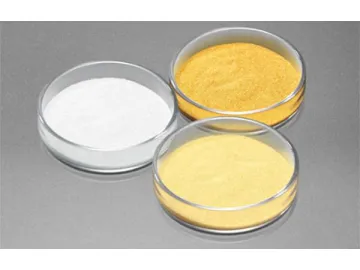 EVA Hot Melt Adhesive / Powder
EVA Hot Melt Adhesive / Powder
-
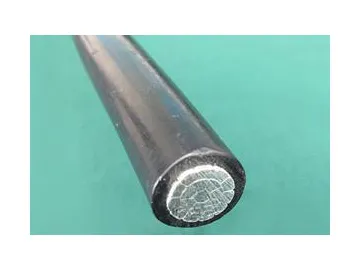 Covered Aluminum Cables - 15kV Voltage
Covered Aluminum Cables - 15kV Voltage
-
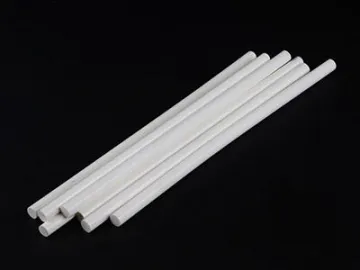 EVA Hot Melt Adhesive / Glue Stick
EVA Hot Melt Adhesive / Glue Stick
-
 ACSR / AW-Aluminum Conductor Aluminum Clad Steel Reinforced
ACSR / AW-Aluminum Conductor Aluminum Clad Steel Reinforced
-
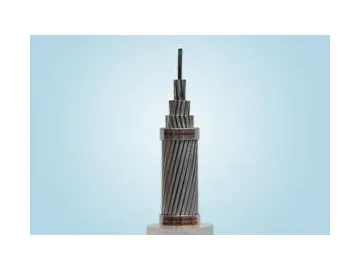 ACSR / Aluminum Conductor Steel Reinforced
ACSR / Aluminum Conductor Steel Reinforced
Hot Products
